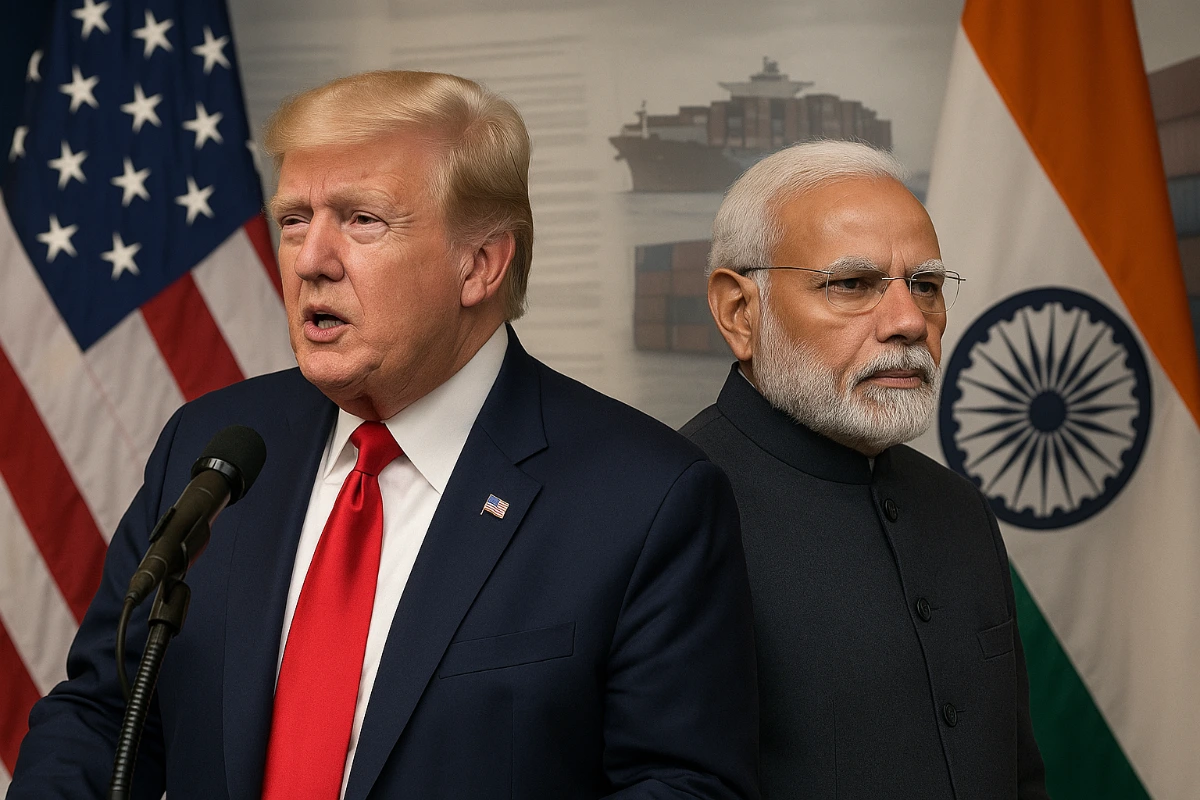Introduction
Japan’s migration policy for Indians in 2025 marks a turning point in bilateral relations between the two nations. With Japan’s population declining to 122.9 million in 2025 and nearly 30% aged 65 and above, the country faces critical labor shortages. In contrast, India’s median age of 28.8 years and a workforce of 971 million make it the world’s largest young talent pool.
This demographic contrast sets the stage: Japan needs skilled workers to sustain its economy, while India’s youth are seeking global opportunities. The latest migration reforms show how both countries are turning this challenge into a partnership.
Japan’s New Migration Policy (2024–2025 Updates)
At the 15th India–Japan Annual Summit (August 2025), Prime Ministers Modi and Ishiba agreed on an Action Plan for Human Resource Exchange, targeting 500,000 people-to-people exchanges over five years, including 50,000 skilled Indian professionals.
Key Policy Changes
- Visa Caps and Reforms: Japan plans to issue 820,000 skilled worker visas between 2024–2029. No India-specific cap, but Indians are prioritized in IT and healthcare.
- Permanent Residency Fast-Track: Highly Skilled Professionals (HSP) can qualify for PR in 1–3 years under the points system (vs. 10 years for others).
- e-Visa Simplification: Introduced for Indians in 2024, expanded in 2025 with 13 new application centers; single-entry visas now processed in under a week.
- City-Level Initiatives: Hamamatsu city has partnered with Ahmedabad for migrant integration, offering language support, education programs, and intercultural training.
Why India is Crucial
- Demographics: Japan’s median age: 49.1 years vs. India’s 28.8 years. While Japan faces an 11 million worker shortfall by 2040, India is projected to supply 24% of the global workforce this decade.
- Talent Pool: India produces 1.5M engineering graduates annually, with strong expertise in IT, AI, and digital transformation—precisely where Japan faces shortages.
- Bilateral Ties: Japan’s $68B investment pledge in India and migration-focused agreements highlight India’s importance.
- Strategic Fit: India’s youth complement Japan’s aging society, while Japan provides global exposure and advanced technology training for Indian professionals.
Opportunities and Sectors for Indians
Japan’s reforms create career and study opportunities across multiple fields:
- IT & Engineering: Demand for 450,000 IT engineers by 2030; roles in software development, cybersecurity, and cloud computing. Salaries: ¥8–12 million annually for senior professionals.
- Healthcare & Caregiving: High demand under SSW visas for nurses and caregivers.
- Higher Education: Japan aims to host 400,000 international students by 2033; Indian STEM students can access scholarships and post-study work permits.
- Emerging Fields:
- AI & Robotics – algorithm development, ML engineering, automation.
- Green Technology – solar/wind energy, sustainability consulting, infrastructure innovation.
- Semiconductors – Japan–India collaboration in design & supply chains.
Rules and Requirements
Visa Categories for Indians
- Specified Skilled Worker (SSW): For caregiving, construction, manufacturing. Requires JLPT N4 or JFT-Basic A2 + skills test. Valid up to 5 years.
- Highly Skilled Professional (HSP): Points-based; fast-track PR in 1–3 years if scoring 70–80 points.
- Technical Intern Training Program (TITP): Age 18–30; 3–5 years; possible pathway to SSW.
- Student Visa: For higher education; post-study work options.
Language Requirements
- JLPT N4–N2 for SSW visas.
- JLPT N1/N2 preferred for professional roles (IT, healthcare).
- Not always mandatory for HSP visas, but strongly advantageous.
Permanent Residency (PR)
- Standard route: 10 years continuous residence.
- Fast-track: 1 year for 80+ points, 3 years for 70+.
- Spouses of Japanese nationals: 3 years of marriage + 1 year of residence.
Future Outlook
Japan’s demographic decline is accelerating: by 2050, 37% of its population could be 65+, creating a massive talent gap. Meanwhile, India’s demographic dividend window extends to 2055, making its youth an indispensable global workforce.
The India–Japan migration corridor will grow through:
- 500,000 exchanges over five years.
- Japan’s 820,000 skilled visa target by 2029.
- Deeper city-to-city collaborations like Hamamatsu–Ahmedabad.
- Expanded student mobility (400,000 target by 2033).
Challenges remain: social integration, language barriers, and possible visa caps. But intercultural programs and bilateral agreements show both nations are committed to making this partnership sustainable.
Conclusion
Japan’s migration policy for Indians in 2025 reflects a mutually beneficial partnership: Japan gains access to a young, skilled workforce, while India’s youth gain global exposure, higher incomes, and advanced skills.
As the global competition for talent intensifies, Japan and India stand out as natural partners—one facing a demographic crisis, the other offering a demographic dividend. This policy shift is more than a migration reform—it is a model for how young talent from growing economies can revitalize aging societies, creating prosperity for both sides.







Leave a Reply